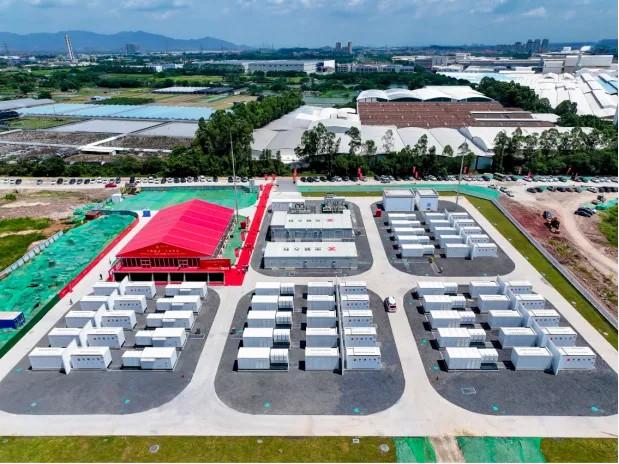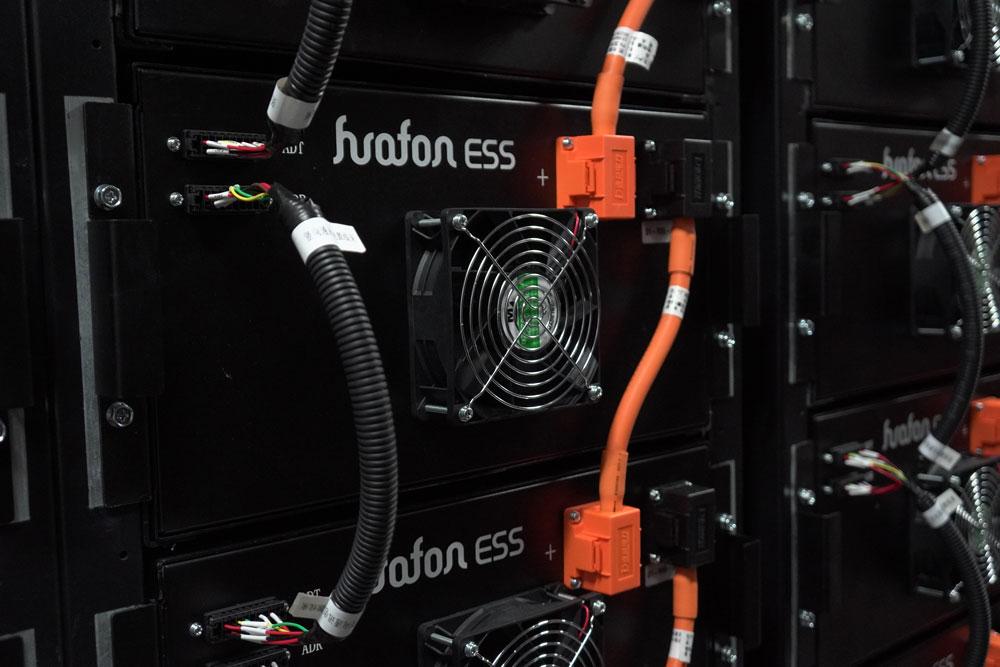A Beginner’s Guide to Grid-Forming Energy Storage
What Is Grid-Forming Energy Storage?
Grid-forming energy storage is a next-generation technology that’s changing how energy storage systems interact with the power grid. Unlike traditional systems that simply follow the grid (known as grid-following storage), grid-forming systems can actively support and stabilize the grid—even when it’s weak or down.
At the heart of this innovation is something called virtual generator technology, which allows energy storage systems to take a leadership role in keeping the grid’s voltage and frequency stable. This means these systems can act more like a power plant than just a backup battery.

Key Features of Grid-Forming Storage:
1、Stabilizes Frequency: It helps keep grid frequency steady, especially when there are sudden changes in energy supply or demand.
2、Creates Grid Voltage: It can independently set and control voltage levels, supporting regions with weak or unstable power grids.
3、Operates During Outages: It can restart power when the grid goes down, providing backup power to critical systems.

How Is It Different from Traditional Energy Storage?
1. Core Operating Principle
Grid-Following Systems
·Rely on signals from the power grid to function
·Like a sailboat needing wind, they require a strong grid to work
·Can’t run on their own if the grid is weak or down
Grid-Forming Systems
·Generate their own voltage and frequency internally
·Like a ship with its own engine, they work even without grid support
·Can run in off-grid situations and allow for unbalanced power loads
2. Adaptability to Different Grid Conditions
Weak Grids
·Grid-following: Prone to instability and voltage issues
·Grid-forming: Actively supports grid strength
Off-Grid or Isolated Areas
·Grid-following: Unable to operate
·Grid-forming: Builds a local microgrid to maintain power supply
Strong Grids
·Grid-following: Cost-effective and simple
·Grid-forming: Higher cost, less necessary unless backup or resilience is needed
3. Cost and Technical Barriers
Grid-forming systems need to handle higher power surges and often require over 2x the capacity of conventional setups to support sudden demands. This leads to over 30% higher upfront investment. They also use complex control systems that simulate mechanical behavior and must meet stricter performance demands.

Where Is Grid-Forming Storage Used?
Grid-forming systems are particularly useful in areas where traditional grid support is lacking or unreliable.
1. Renewable Energy Hotspots
Remote Western China: Areas like Tibet and Xinjiang face power shortages in winter and spring. Large-scale grid-forming projects are being built to solve this.
Desert Solar & Wind Bases: In places like Ningxia, these systems improve voltage control and stabilize power flows in massive solar and wind energy installations.
2. Off-Grid & Island Systems
Islands and Remote Regions: Grid-forming systems replace diesel generators by creating independent microgrids.
Emergency Power Supply: Seamlessly switch to backup mode when the main grid fails, keeping essential services running.
3. Next-Gen Power Systems
Black Start Capability: These systems can bring power stations back online without external electricity.
Flexible Power Hubs: Projects that combine solar, wind, energy storage, and smart grid control benefit from grid-forming technology to operate autonomously over long periods.

Challenges to Overcome
·High Costs
Advanced components and extra capacity raise project budgets, while financial rewards for providing critical grid services like frequency or emergency power are still limited.
·Coordination Between Units
When multiple grid-forming systems run together, they may compete or conflict without advanced coordination.
·Performance Limits
Current hardware struggles under high loads, and battery performance predictions can be inaccurate under frequent short bursts of power.
·Lack of Industry Standards
There’s no widely accepted way to define, test, or certify grid-forming capabilities yet, which slows down adoption.
Conclusion
Grid-forming energy storage marks a major shift in how power systems operate—moving from passive adjustment to active control. As renewable energy and smart technologies grow, grid-forming storage becomes more essential in building a stable, low-carbon energy future.
With the right mix of policy support, technical innovation, and standardized practices, this technology can serve as a reliable anchor for the next generation of power grids around the world.